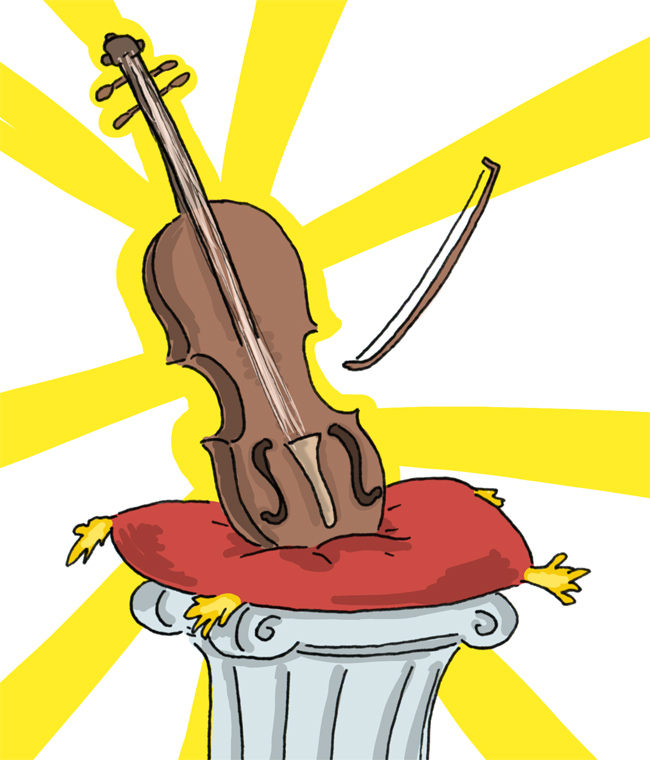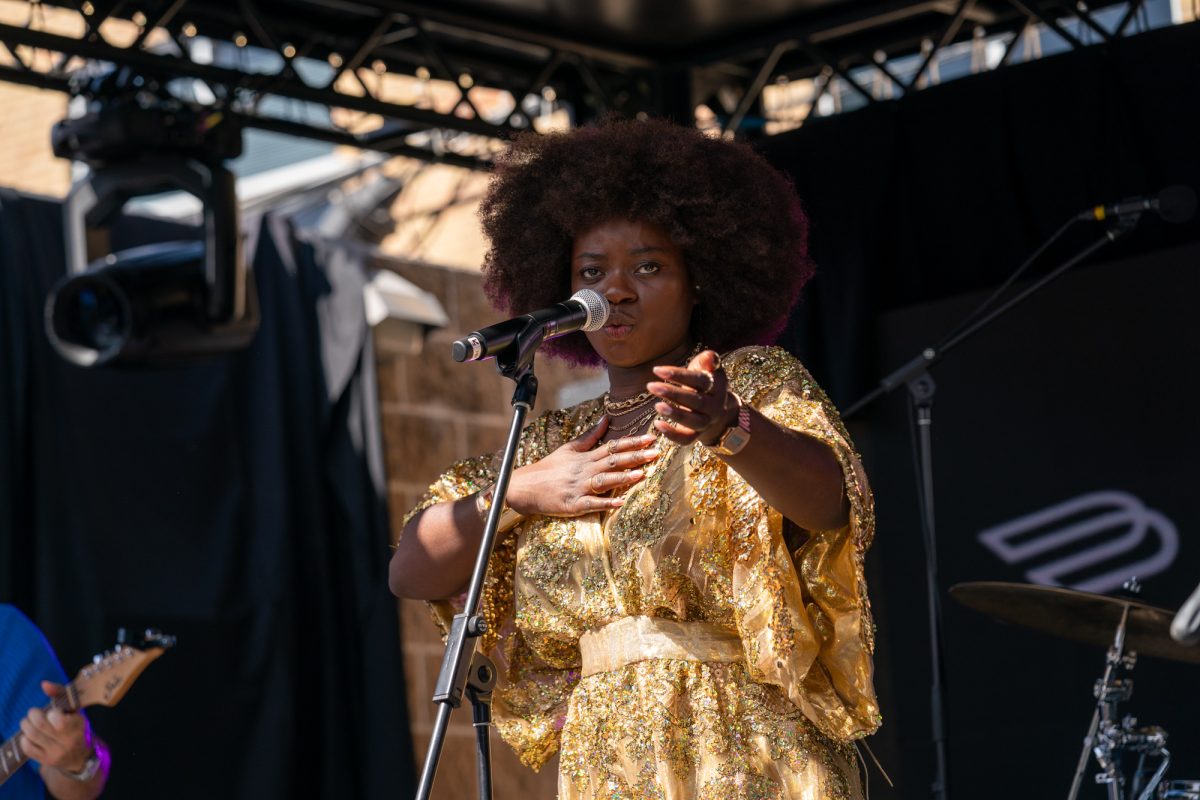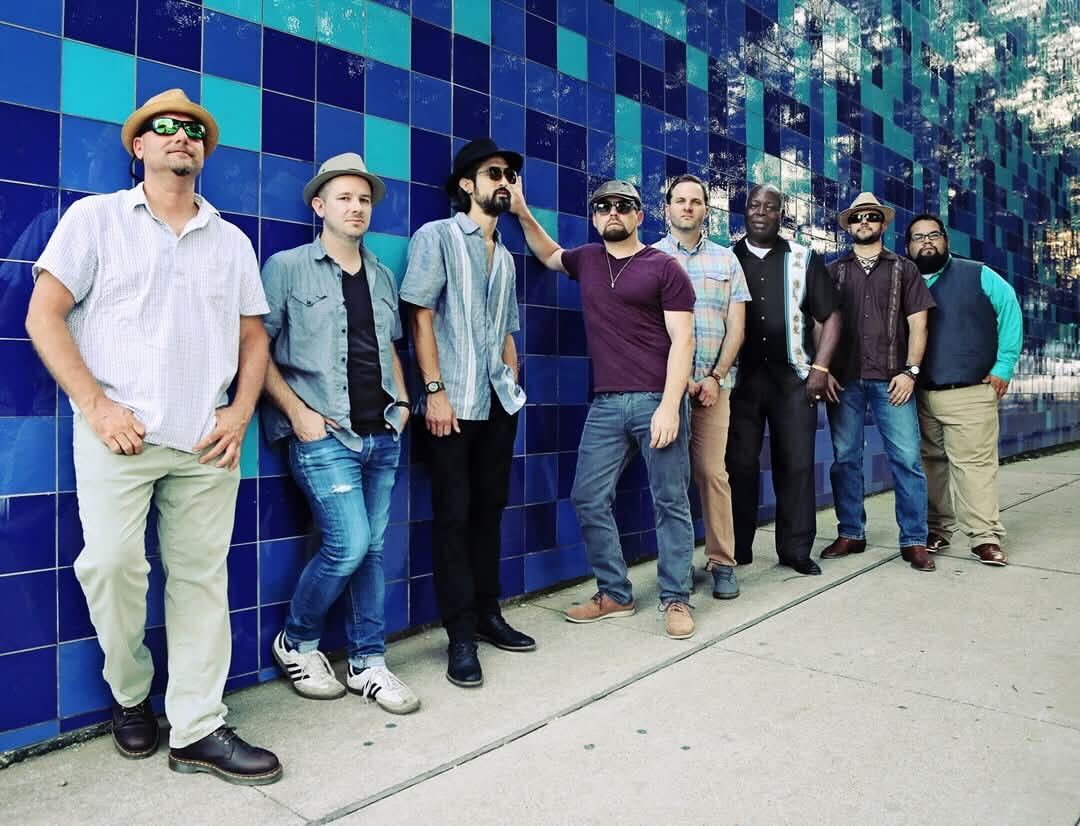ACL kicked off with a bang last weekend and will conclude this weekend with its raucous embodiment of the “work hard, play hard” UT mentality. In our world of Spotify, earbuds and iPhones, live music is a genuine thrill. It wasn’t too long ago that live music was all there was.
There is a belief held by many aficionados that music was better in those “good old days” and that millennials have ruined it with synthesized pop played with mass-produced instruments. These high-brow enthusiasts likely hold the violins made by the Stradivari family in high regard.
The Stradivarius violins, made nearly 300 years ago by expert craftsmen, are described by performers and critics alike as instruments unequaled in their sound quality — even today. That’s why these instruments often sell for millions of dollars when a top-of-the-line modern violin won’t cost much more than $15,000.
Many studies have looked into what makes Stradivarius violins special, focusing on aspects such as the specific density and elasticity of the wood, which may be a result of how trees grew during the Maunder Minimum, a time in the late 18th century characterized by slightly cooler-than-average temperatures. One research group claims to have replicated the sound of a Stradivarius violin by using a newer violin treated with a fungus that mimicked the effect of the cooler temperatures on wood. Such a claim should be met with skepticism because there isn’t much research to back up the idea that Stradivarius violins live up to the legend.
In fact, there is research that suggests they do not. A study found that experienced violinists could not tell the difference between a Stradivarius and a high-end, newer violin.
The researchers borrowed three violins — two made by Stradivari and one made by another well-regarded, 18th century craftsman Guarneri, del Gesù. The owners of these antiques loaned them out under the stipulation that their names may not be revealed in the paper. Additionally, the researchers had to promise to be extremely careful with the three instruments, which were valued at a combined total of $10 million.
The scientists chose three other violins that were between several days and years old to put against the antique instruments. In order to prevent the violinists from identifying the age of the violins by sight, the researchers covered their eyes with modified welding goggles. In order to prevent them from identifying the age of the instruments by smell, the researchers masked the odors with a scent placed on the chinrest of each violin.
The researchers gave the blinded players 10 different pairs of violins to compare — each pair consisted of a classic and a newer violin — and, on the whole, the players preferred the newer instruments, though this result wasn’t statistically significant and most likely the result of chance. In order to test the consistency of the decisions, the researchers occasionally gave the players pairs of violins that they had already rated, presenting them as a different pair. When they did, the players would pick the same violin about half the time.
In the end, the biggest factor in the way a violin sounds is the person playing it. There might be something cool about playing a legendary instrument made by a master, but it’s not nearly as brilliant as the musician holding it.





















